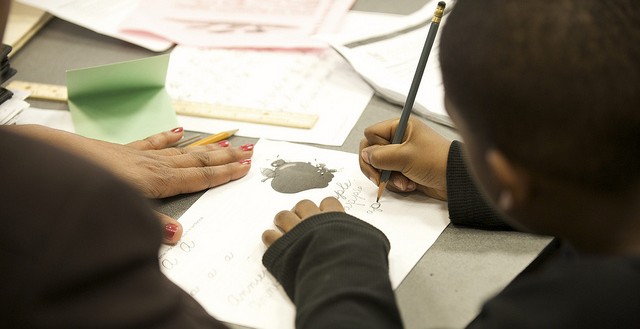
When we think and talk about learning, the metaphors we use matter. The language we employ when we describe how learning works can illuminate the process, allowing us to make accurate judgments and predictions—or it can lead us astray, setting up false expectations and giving us a misleading impression of what’s going on.
One of the most common analogies we apply to education is that of a staircase. As we learn, this model assumes, we steadily ascend in our knowledge and skills, leaving more elementary approaches behind. A child learning math, for example, will replace a simple strategy like counting on fingers with a more sophisticated strategy like retrieving math facts from memory. Under the long-lasting influence of psychologist Jean Piaget, staircase-like “stage theories” continue to dominate our mental images of how learning operates.
But in important ways, the staircase metaphor fails to capture the way cognitive change actually works. Research shows that children (and adults!) employ a variety of strategies to solve problems, not only the one “typical” of their stage of development. Around the time that learners begin to adopt a more advanced approach, they may return to earlier, more primitive approaches for a while.
 This is not an orderly ascension up an ever-rising set of steps. It’s something more like waves on a beach, where one wave overtakes another and then pulls back, overtaken in turn by another advancing and then receding wave. “Overlapping waves” is, in fact, the name of a theory of intellectual development proposed by Robert Siegler, a professor of cognitive psychology at Carnegie Mellon University.
This is not an orderly ascension up an ever-rising set of steps. It’s something more like waves on a beach, where one wave overtakes another and then pulls back, overtaken in turn by another advancing and then receding wave. “Overlapping waves” is, in fact, the name of a theory of intellectual development proposed by Robert Siegler, a professor of cognitive psychology at Carnegie Mellon University.
Here is Siegler writing about traditional notions of learning in his book Emerging Minds: “Children are depicted as thinking in a given way for an extended period of time (a tread on the staircase); then their thinking undergoes a sudden, vertical shift (a riser on the staircase); then they think in a different, higher way for another extended period of time (the next tread), and so on.”


